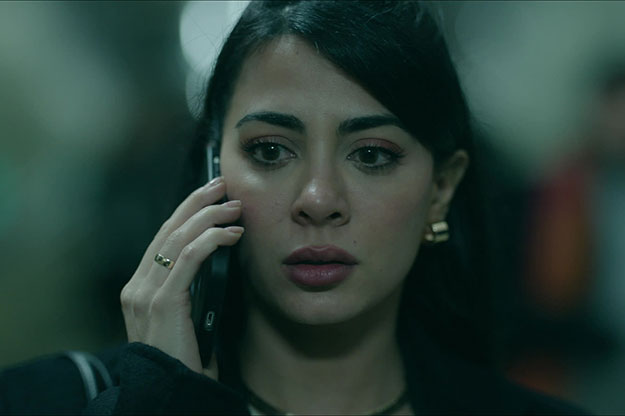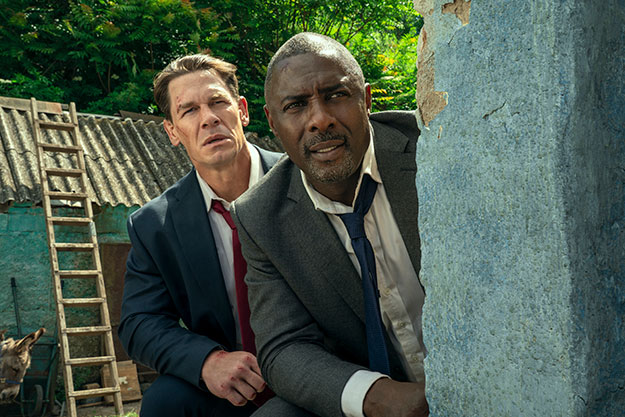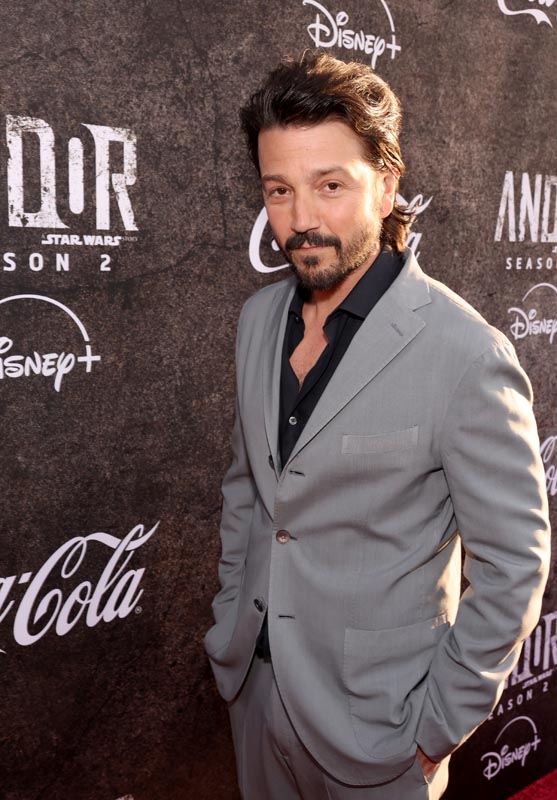Inside the Challenges of “Avatar: The Way of Water's” Visual Effects

Oscar-winning producer Jon Landau has long been a partner of director James Cameron in developing the newest technology in film making and creating the most successful movie of all time with Avatar. Thirteen years after Avatar was released, its direct sequel, Avatar: The Way of Water, opened in U.S. theaters on Dec. 16, 2022 and it has already stunned the audience with its technological advancements.
How was the film taken to new heights ever imagined?
To find out, Jon Landau, introduced the visual effects (VFX) team during a press conference held at Walt Disney Studios in Burbank, CA on December 13, 2022 which we were able to witness, so we can share with you.
Landau praised the group as an "incredible team of artisans who have lifted the movie to heights that he could not have imagined." Participants included Joe Letteri, the Senior Visual Effects Supervisor, Richie Baneham the Visual Effects Supervisor at Lightstorm, Dan Barrett the Senior Animation Supervisor, Wayne Stables, the Visual Effects Supervisor at Wētā, Pavani Boddapati, the Visual Effects Supervisor at Wētā FX. and Johnathan Nixon, the Head of Effects at Wētā for the Simulation Teams.

Some of the challenges to bring Avatar: The Way of Water to life
Joe Letteri, Sr VFX Supervisor, started by saying "I, like everyone else, is probably thinking, "Where's Jim going to take this next film?” The fact that he decided to take it to another part of Pandora, a whole world that had not been explored. It is a new village with new characters and a new environment, I was thinking more about the overall scope of what that could look like. And then, of course, from there, you start to delve into the technical, challenges that you have to build for."
Jon Landau mentioned that Richie Baneham, Lightstorm Visual Effects Supervisor/Virtual Second Unit, had been with them since 2005 and explained that his role really evolved in creating something they called RCPs, which is referred to sometimes as rough camera passes. "I always refer to them as Richie Camera Passes," Landau said.

Richie shared that one of the things that they got to do on the first movie was to make a movie with a core replacement for previs in a lot of ways, which resulted in a template process. "Literally, I would say a paradigm shift in filmmaking where we introduce the editors into the dailies much, much sooner."
Dan Barrett / Sr. Animation Supervisor was very proud of the great job they did with the emotional performances in the first film. But they wanted to improve, so Dan described that they developed a new facial system that really helped in bringing the performances through. The other challenge, he mentioned were the new creatures, "we hadn't been using the system we called FACS, which was really all about the surface of the face. And it wasn't so much about muscles. It was muscle based...a 170-odd muscle strains within the face." Essentially, he went on by describing that they had to pull them off the surface, so they could understand exactly what the muscles were doing, they used detailed actor puppets to see what the actor looked like in a 3D space, and once they had the performance they transferred those across.

Jon added that another difficulty were the scenes with live action and CG getting in and out of the water because they had to take the real water. They had to make sure that their simulations added to the realism and the character of the water itself. Pavani Boddapati, VFX Supervisor (Metkayina Village) did some of the underwater sequences, and the effects on the body, she explained they went to the Bahamas to shoot a reference. "There was an early test shot which was Neytiri riding on the Ilu just flying through. And that's what we worked on until we could match the rippling on the skin, the movement of the hair, spot on to the reference that we had in the tank...that was quite an important component which made things look realistic underwater."
To capture the underwater action with clarity, it was not possible for anyone in the tank to use scuba gear, because air bubbles might interfere with the accuracy of the sensors. So to keep the cast in the water long enough to capture their performances, the cast, reference camera operators, grips, and the safety divers accompanying each actor, would have to work while holding their breath underwater, requiring extensive training, additional safety procedures, and enough time. To be able to do this, the cast and crew were taught to hold their breath using technical freediving methods. So you can get an idea, it is like holding your breath and running, while acting and staying in character.

Avatar: The Way of Water is as real as it can get. What this team was able to present on the screen today couldn't have been done three, five or eight years ago. "It took this time to create what I believe is currently the ultimate cinematic experience," said Landau.
Why did it take 13 years?
Landau explained, "Jim took two years to go dive the Mariana Trench, after the last sequels. Then he came back and he spent a year writing 1500 pages of story notes. We thought at that time, three sequels, and worked with a writer team to break those down into scripts that Jim would want to direct. And we decided it needed to be four. And then we said, okay, now let's design four. Let's now go shoot two and a third movie. We shot all of two, all of three, and the first act of four. That's what took the time. But all that time, this team was working. We started talking about this movie in 2013."

Jon Landau, described James Cameron as the provocateur "he prods, he pokes. He pokes the questions. He does the challenges, but it's you guys, and lady, that all deliver. And to that, we are eternally grateful because we think that you exceeded everything we expected."
Four sequels are currently planned. The other three sequels are set to premiere every two years, in 2024, 2026 and 2028.
Avatar: The Way of Water is now playing only in theaters.












